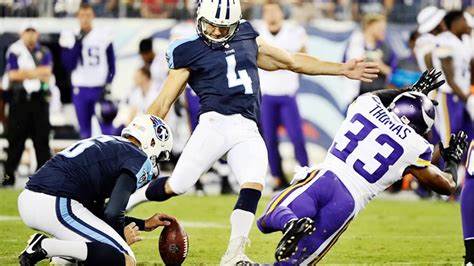In the intricate tapestry of football, strategies act as the unseen architects shaping the destiny of matches. This article delves into the fascinating world of football strategies, exploring the tactical nuances that elevate the beautiful game.
The Evolution of Tactical Thinking
Tactical evolution in football is akin to a strategic chess match played on the pitch. From the rudimentary formations of yesteryears to the contemporary tactical symphonies, the sport’s landscape has witnessed a profound evolution. Understanding this journey is pivotal to decoding the complexities of modern football strategies.
Formations as the Canvas
Football formations are the canvas upon which tactical masterpieces are painted. The classic 4-4-2 or the innovative 4-2-3-1 – each formation tells a unique story. Coaches meticulously select formations based on player strengths, opponent analysis, and match objectives. It’s a visual representation of the team’s tactical DNA.
Pressing: The Defensive Symphony
Pressing, a defensive orchestration, is a strategic maneuver designed to regain possession swiftly. Coordinated movements, triggered by specific cues, see players engaging opponents high up the pitch. This defensive symphony disrupts the opponent’s rhythm, turning the game into a strategic battleground.

Counter-Attacking Brilliance
Counter-attacking is the art of turning defense into a rapid offensive surge. The strategy involves absorbing pressure, then unleashing swift, incisive attacks when the opposition is vulnerable. It demands not only speed but also tactical awareness to exploit gaps left by the opponent.
Set-Piece Mastery
Set-pieces are the set plays that demand strategic brilliance. From corner kicks to free-kicks, teams meticulously plan and execute set-piece routines. The playbook includes decoy runs, intricate positioning, and surprise elements to outwit the opponent’s defense, often turning dead-ball situations into scoring opportunities.
Fluidity in Positional Play
Modern football emphasizes fluidity in positional play, a departure from rigid structures. Players seamlessly interchange positions, confounding opponents and creating unpredictable attacking patterns. This fluidity requires a deep understanding of positional awareness, vision, and precise passing.
Wing Play and Crosses
Wing play remains a timeless strategy, utilizing the flanks to penetrate defenses. Wingers, often equipped with pace and technical prowess, deliver crosses into the box. Decoding the intricacies of effective wing play involves assessing the opponent’s defensive setup and exploiting vulnerable areas.
The High Defensive Line
Some teams adopt a high defensive line, pushing their defenders closer to the midfield. This strategy aims to compress the playing space, limiting the opponent’s room for build-up. However, it requires defenders with pace, impeccable timing, and the ability to hold a cohesive line.
Adapting Mid-Game: The Manager’s Chess Moves
Football strategies aren’t static; they evolve mid-game. Managers act as chess players, making tactical substitutions, altering formations, or tweaking pressing intensity. Deciphering these mid-game adaptations is crucial in understanding how teams navigate the ebb and flow of a match.
Conclusion
In the realm of football, strategies are the silent conductors orchestrating the symphony of play. From the evolution of formations to the dynamic nuances of modern tactics, decoding the playbook unveils the strategic intelligence that elevates the beautiful game. As we witness matches unfold, it’s the subtle chess moves on the pitch that add layers of intrigue, making football a captivating blend of art and strategy.




